Why do I shoot RAW images instead of JPEG?
Be sure to click on the image to view full screen!
Raw versus Jpeg.
Anyone who has been photographing for a while, and has been playing around in the settings of the camera, will have noticed that we have different choices to store our photos on our memory card.
Each camera can store Jpeg files, many cameras have a RAW format (each manufacturer has a different RAW extension), and a few camera's can save a DNG file. DNG is actually a general RAW standard devised by Adobe. This abbreviation stands for Digital Negative Specification, or your Digital Negative!
But what is that RAW file actually?
A raw file is a file that is saved by your camera which contains all the information that was read from the image sensor when you took the picture.
And why do we find that so important now?
By storing the sensor data as RAW, the photographer retains all the information from the sensor, and here comes the most important point for many, the photographer has in the post processing all the freedom to determine how the white balance, sharpness, colors and contrast of the photo will to be. These operations are NOT done by the camera when you save the information as RAW. If you save your file as Jpeg, the camera will do so. And you also lose a lot of information in addition to freedom in post-processing. You want control about how you photograph the image, but if you store in Jpeg, you give the camera control about how your image looks. That's not what I want, I want total control, and that's the reason I shoot in RAW. And edit every single photo before I publish them.
And now I almost hear you think, "But I do not want to edit my photos, because I think a photo should be good as the photo is made, and editing is fake, does RAW have any advantages for me?". Again I can answer, "YES RAW always has advantages over Jpeg". Why? Because the information that is lost during compression to a Jpeg not only contains information about color depth, but detail in the sharpness of your photo is lost during that conversion process.
Just a small technical story what it means to process a file to Jpeg.
The data from the image sensor in the camera can not be directly used to store in a normal image file such as JPEG, TIFF or BMP. Most image sensors have separate pixels that each measure the brightness of only a single color (red, green or blue). Usually the value of each pixel is also measured with a precision of 12 bits (4096 brightness steps).
With normal image files, each pixel has three color values that are stored in only 8 bits (256 brightness steps). To do this, the camera has to process the sensor data, during this processing original data information gets lost.
Operations that are performed are:
| - | Interpolation to get color values for red, green and blue in each pixel |
| - | Sharpening and removing moire effects |
| - | Noise reduction, either by filtering or by correction by means of a "black image" |
| - | correction for white balance, contrast and color saturation |
| - | reduction of precision to 8 bits per color |
The resulting image has 3 x 8 bits per pixel, for storage as JPEG, a data compression with lossy compression is also applied.
Because these operations take place in the camera immediately after recording, no other choice can be made afterwards. Also because the color precision has been reduced to 8 bits, minor nuances in color and brightness are lost, making it difficult or impossible to retrieve dark or light details on the image with an image editing program.
Because this is just a lot of tough language, and it would not really be more attractive to read in more easy language, I will try to explain it with a few images.
The first photo is a RAW photo, and because I can not show a RAW image, it must of course be converted. In this case I did that to Jpeg, but without any editing. What you see is a boring colorless photo.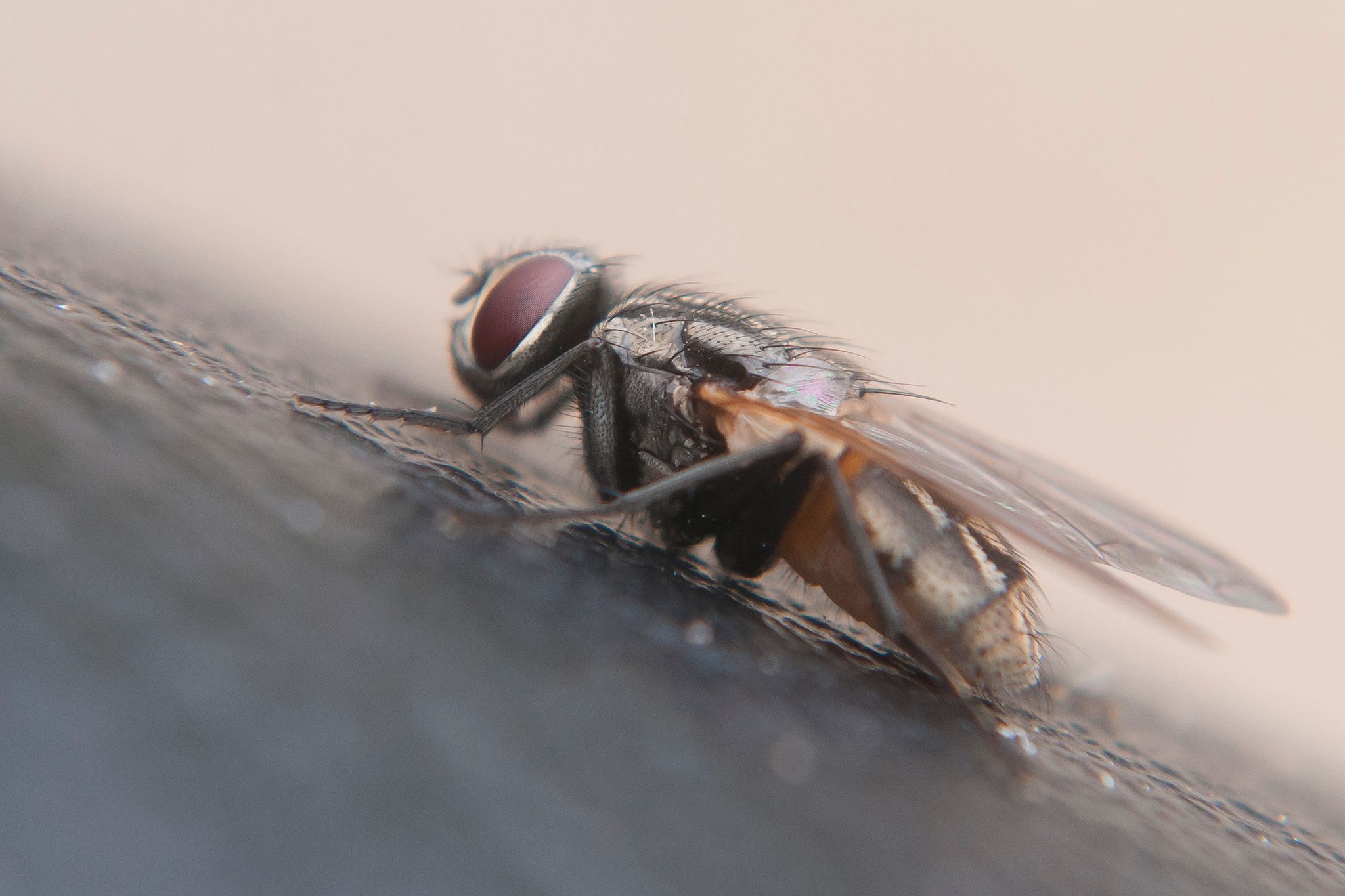
The second photo is a Jpeg, but edited directly in the camera. So I no longer have the freedom to edit. What many of you probably also do. The camera takes the picture and that is also the way the picture looks when it goes on the worldwide web.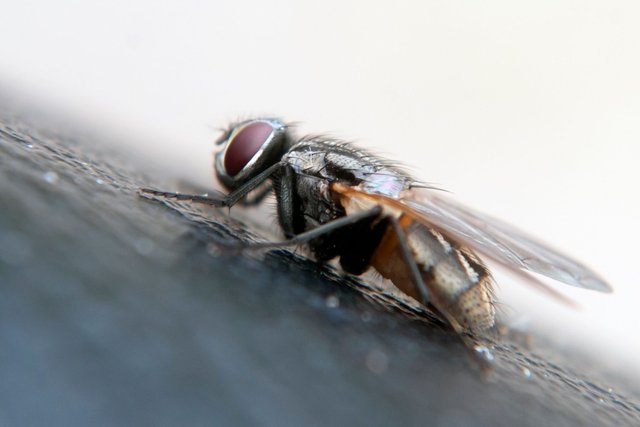
And finally the third photo, that is the same RAW photo, but then edited by me ... in which I myself have taken the liberty to change the photo to my own taste with the help of the details stored in the photo. Because it is a RAW file, much more information is preserved and I therefore have a lot more freedom to determine what the final photo looks like. Keep in mind that this kind of colors as we sometimes see, is almost never directly captured by your camera ... this by the sensor that wants to go to that neutral gray area. But if you have photographed in RAW, that information is still in your picture, so you can 'create' your RAW file yourself by taking a picture as you saw it.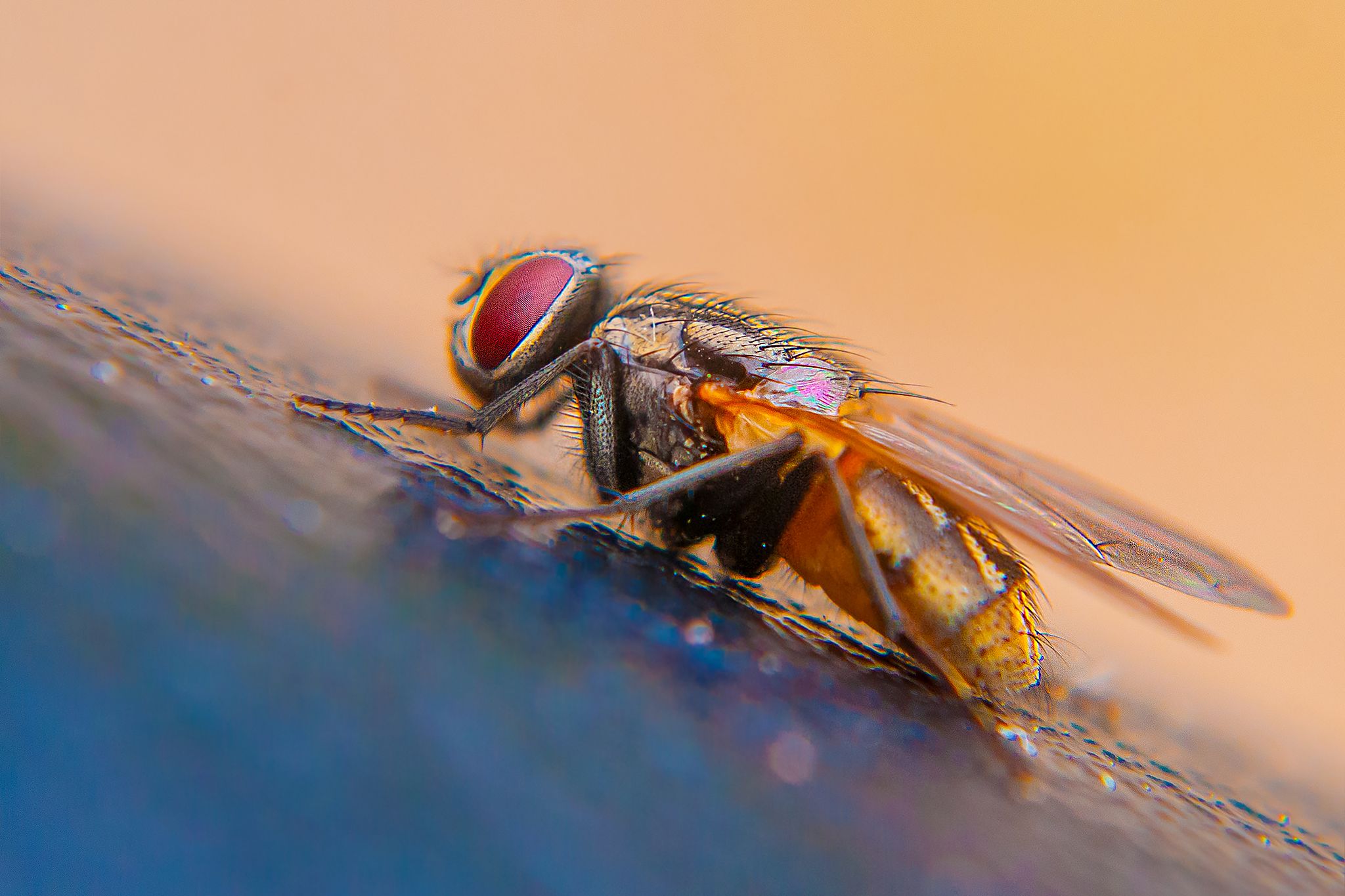
But it is not only the loss in the colors, it is also loss of sharpness when you have your camera do an adaptation to Jpeg.
Below 2 pictures where the first is a RAW photo, without editing converted to Jpeg. And the second picture is a Jpeg stored by the camera. In this size you do not see so much difference, except for the color difference.
Photo 1. 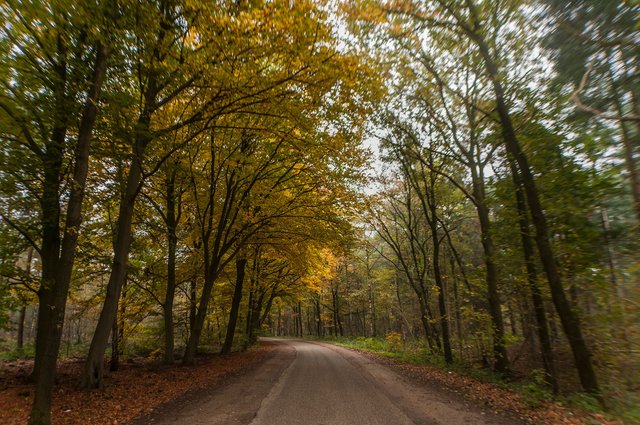
But now I'm going to take a detail from the photo, and place it at 100% enlarged. Then suddenly you see a lot of difference in the detailing.
First is a 100% enlargement from the RAW photo. And the second is a 100% enlargement from the Jpeg photo.
Here again, on the first a 100% enlargement from a RAW photo, and second a 100% enlargement from a Jpeg photo.
It may be clear why many people choose to shoot in RAW, not only do you have the complete information that your image sensor gives you so you have complete freedom to edit your photo yourself in the image you have in mind.
You will also retain much more detail of your image when photographing in RAW. And that is the reason why a RAW file on your memory card is much larger than the Jpeg. From my camera, a Nikon D300s with 12.3 MP, an average RAW file is 14 MB. If I let my camera record a Jpeg, that picture is only 4 MB. So that's 10 MB difference and that information stored in that 10 MB in my RAW file is just lost if I save a Jpeg. In that lost 10 MB is important information, especially in the color depth, but also in the detailing. At first glance it may not be so important, but later on you're gonna miss the details that are lost forever when you store in Jpeg. For me it is a reason to always shoot in RAW, and thus to get the maximum out of my camera and photos.
Do you doubt whether you can make Raw photos with your camera? Take a look at the manual or dive deeper into the menus of your camera.
A list with what RAW extensions is:
| Canon | CR2 or CRW |
| Nikon | NEF |
| Pentax | PEF or PTX and also DNG |
| Fuji | RAF |
| Kodak | KDC |
| Olympus | Orf |
| Panasonic | RW2 |
| Sony | ARW |
| Sigma | X3F |
| Minolta | MRW |
| Hasselblad | 3FR |
Thank you for reading my blog! I hope you liked it and see you next time. Steem on!
Greetz Hetty
and a paw from Rowan
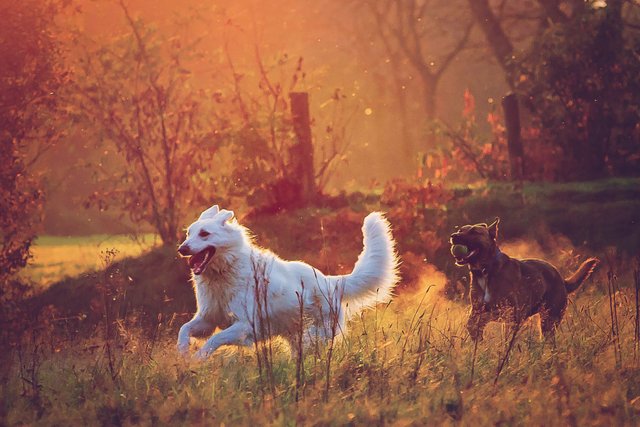
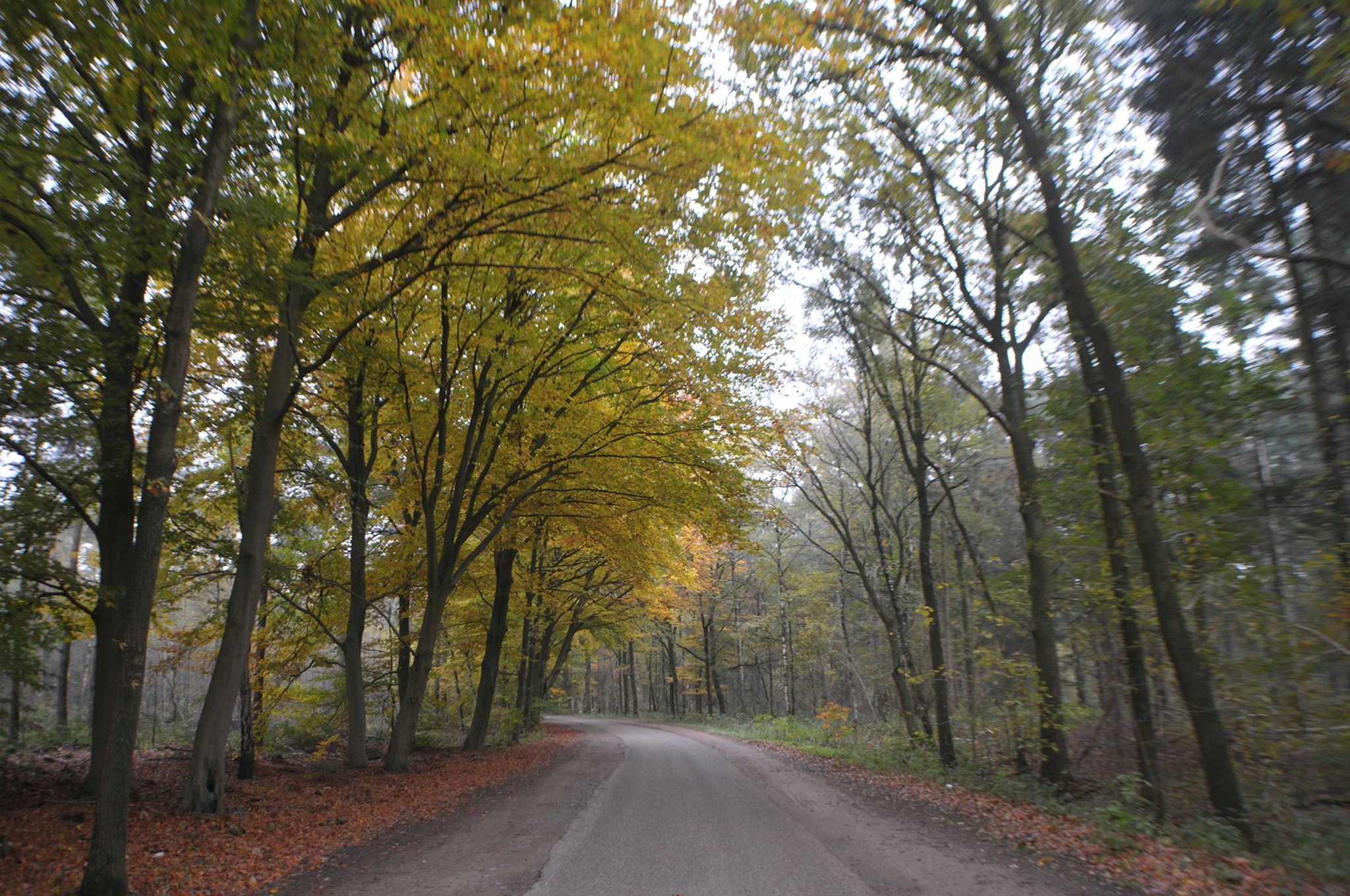
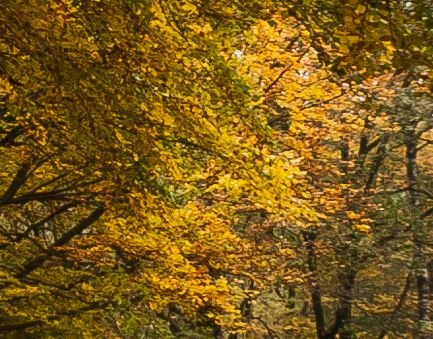
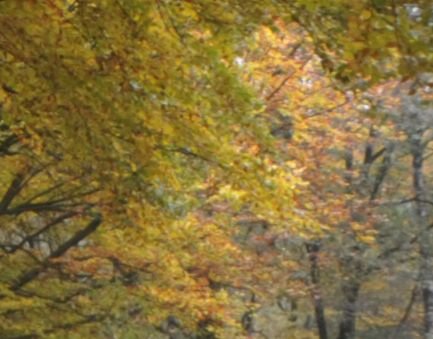
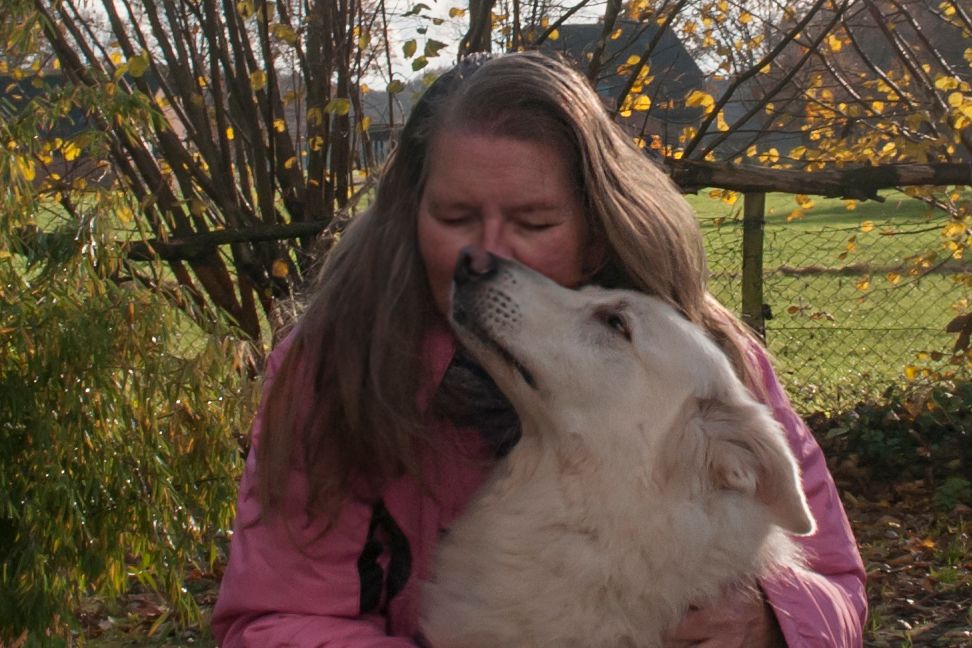
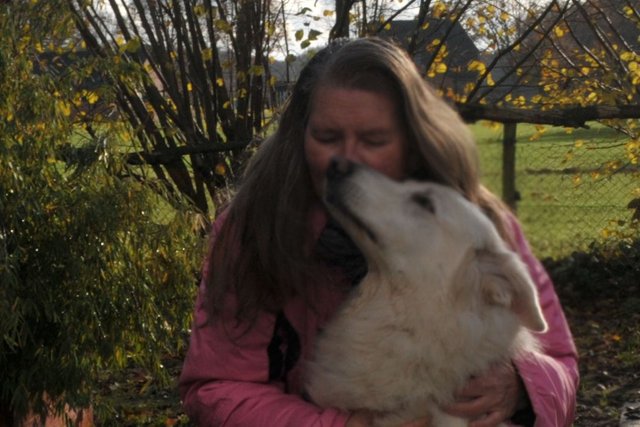
Now I can understand clearly about Jpeg files. Description is cool.
Downvoting a post can decrease pending rewards and make it less visible. Common reasons:
Submit
Thanks for the compliment and the comment.
Downvoting a post can decrease pending rewards and make it less visible. Common reasons:
Submit
You have been scouted by @promo-mentors. We are a community of new and veteran Steemians and we are always on the look out for promising authors.
I would like to invite you to our discord group https://discord.gg/vDPAFqb.
When you are there send me a message if you get lost! (My Discord name is the same as here on Steemit)
Downvoting a post can decrease pending rewards and make it less visible. Common reasons:
Submit
Although I don't own my own camera at the moment, I have plans to buy one this year. It won't be anything fancy at first I guess, but I would love to learn more about photography in the future. When I had my webshop and when we sold art on auction, we made our own photo's to present online, and even with the lack of a good decent camera that was nice to do. This post is very well explained! I did not know the exact difference, and you made some very clear examples.. Very good post, thanks.for the effort to write it all down!
Downvoting a post can decrease pending rewards and make it less visible. Common reasons:
Submit
Thank you for your lovely comment it was all my pleasure.
Downvoting a post can decrease pending rewards and make it less visible. Common reasons:
Submit
Keep up the good work, these kind of posts are very helpful to many people I think
Downvoting a post can decrease pending rewards and make it less visible. Common reasons:
Submit
very useful info especially for those learning photography. Thanks for sharing @hetty-rowan
Downvoting a post can decrease pending rewards and make it less visible. Common reasons:
Submit
Thank you, and yes, for those who are learning photography I wrote this down. Hope to help people for making the right choice and make clear why shooting in RAW has so much more advantage.
Downvoting a post can decrease pending rewards and make it less visible. Common reasons:
Submit
wow, great information to all newbie photographer. this help me much, thanks
Downvoting a post can decrease pending rewards and make it less visible. Common reasons:
Submit
Thank you for your comment and glad I could help you.
Downvoting a post can decrease pending rewards and make it less visible. Common reasons:
Submit
you provided some skillful and much helpful information by putting on a comparison.. which is very much useful in photography
Downvoting a post can decrease pending rewards and make it less visible. Common reasons:
Submit
Thank you for your comment. Yes a comparison is the way to make it visual. Words can not show it the way a visual photo comparison can do.
Downvoting a post can decrease pending rewards and make it less visible. Common reasons:
Submit
yup! i agree on you.. that's what i believe also.. and you are most welcome
Downvoting a post can decrease pending rewards and make it less visible. Common reasons:
Submit
RAW RULES!!!
Downvoting a post can decrease pending rewards and make it less visible. Common reasons:
Submit
Great explanation on why we should all shoot raw. By the way, your title photo is stunning! Your dog is positively glowing!
Downvoting a post can decrease pending rewards and make it less visible. Common reasons:
Submit
That's a very nice compliment, thank you!
Downvoting a post can decrease pending rewards and make it less visible. Common reasons:
Submit
Howdy partner, I'm @photocurator, a curation bot; I keep an eye on the photo feeds, I vote random photos of my followers and at the end of the day I publish a post with links to the best photos. Follow @photocurator to get your photos curated in the future!
Downvoting a post can decrease pending rewards and make it less visible. Common reasons:
Submit
Thanks, while I have a good camera I even didn't know the EXISTENCE of raw!
I wasn't too satisfied about the details, but now I know it was just my ignorance.
I extra hate it rains now, because you just inspired me to go outside to try it.
Downvoting a post can decrease pending rewards and make it less visible. Common reasons:
Submit
OOOwwwww, bummer!!! I just found out my Nikon P900 doesn't support raw!
Downvoting a post can decrease pending rewards and make it less visible. Common reasons:
Submit
Oh that's too sad ... but maybe you can do something with this? Don't know for sure, but you can take a look I would say so.
Downvoting a post can decrease pending rewards and make it less visible. Common reasons:
Submit
Thanks. I definitely need to to more research before I buy something :-)))
It's still a great camera, but the differences you showed in your post made me pondering.
Downvoting a post can decrease pending rewards and make it less visible. Common reasons:
Submit
Sorry I showed you the differences ;-) Hope you're still satisfied with your camera. Remember, the most important thing is that you enjoy what you are doing. And you really don't need the most expensive equipment ... Here I tell you more about what's in my bag, and what I do with my cheap kitlens.
https://steemit.com/photofeed/@hetty-rowan/photography-what-s-in-my-bag
Downvoting a post can decrease pending rewards and make it less visible. Common reasons:
Submit
Wow! this is great...I had a camera but is now broken. I hope to get another soon. Yes i Always prefer to edit the raw images because of it is usually larger than the jpeg format.
WOw! I have learnt a lot from this. When I get my next camera with steem lol.
I will make killer edits taking my images in RAW...........let's go raw
Your post is dantelizing
Downvoting a post can decrease pending rewards and make it less visible. Common reasons:
Submit
Thanks I always want to be dantelizing
Downvoting a post can decrease pending rewards and make it less visible. Common reasons:
Submit
Great job dude! I learned to shoot raw, but I didnt know all those details that you've explained! I just knew that was better to post process because of the data storage, haha
Downvoting a post can decrease pending rewards and make it less visible. Common reasons:
Submit
I know many people who shoot RAW but don't even know why they shoot RAW, so I thought ... let me explain it a littlebit further then only saying "it's important for post-processing".
Downvoting a post can decrease pending rewards and make it less visible. Common reasons:
Submit
Congratulations you have been upvoted because you left a post in the NewbieResteem Discord Chat channel post Promotion Box.
As a beginning photographer, thank you.
We invite you to use our tag to connect with more of our members. To learn more visit: Come Join Us!!! (Newbie Resteem Initiative)
Lots of votes made possible due to the kindness of abh12345 and his Steemit Curation Leagues
Downvoting a post can decrease pending rewards and make it less visible. Common reasons:
Submit
Queste immagini sono stupende
Downvoting a post can decrease pending rewards and make it less visible. Common reasons:
Submit
Grazie per il tuo complimento. Bello da leggere
Downvoting a post can decrease pending rewards and make it less visible. Common reasons:
Submit
Awesome lighting! Resteemed!
Downvoting a post can decrease pending rewards and make it less visible. Common reasons:
Submit
RAW is the only choice... The only bad thing about it is that it eats up the disk space as Pacman does those little dots...
Downvoting a post can decrease pending rewards and make it less visible. Common reasons:
Submit
Very informative post, I'm a beginner so I didn't know most of this.
My camera lets me shoot both jpeg and raw, that's the setting I use for the time being, but it's nice to know more about the exact benefits of the raw format.
Downvoting a post can decrease pending rewards and make it less visible. Common reasons:
Submit
Congratulations! This post has been upvoted from the communal account, @minnowsupport, by hetty-rowan from the Minnow Support Project. It's a witness project run by aggroed, ausbitbank, teamsteem, theprophet0, someguy123, neoxian, followbtcnews, and netuoso. The goal is to help Steemit grow by supporting Minnows. Please find us at the Peace, Abundance, and Liberty Network (PALnet) Discord Channel. It's a completely public and open space to all members of the Steemit community who voluntarily choose to be there.
If you would like to delegate to the Minnow Support Project you can do so by clicking on the following links: 50SP, 100SP, 250SP, 500SP, 1000SP, 5000SP.
Be sure to leave at least 50SP undelegated on your account.
Downvoting a post can decrease pending rewards and make it less visible. Common reasons:
Submit
Yeah :) I absolutely agree. I am ARW :)
Downvoting a post can decrease pending rewards and make it less visible. Common reasons:
Submit
GOOD to hear!
Downvoting a post can decrease pending rewards and make it less visible. Common reasons:
Submit
I have an old dlsr camera and i only shoot it raw, even though its an old camera the picture quality is so much higher in raw format. Thanks for the extra information though all this is so helpful! Thank you
Downvoting a post can decrease pending rewards and make it less visible. Common reasons:
Submit
And thank you for your comment, always nice to hear someone say that it's helpful
Downvoting a post can decrease pending rewards and make it less visible. Common reasons:
Submit
Although on the whole I agree with you, and I do shoot mainly in RAW, I do have one concern. I see people who are new to photography thinking of RAW as a get out of jail free card. They think they in can pull in two stops in processing etc. This does not necessarily lead to good habits re learning to exposure correctly for the scene. It sometimes also makes people think they can make the photo in the computer which is false. You can improve the photo, but a bad photo is a bad photo and cannot be made wonderful in processing.
I am all for people learning about and using RAW but believe they should learn the basics first. Perhaps shooting in jpeg will teach people to use their metering and exposure compensation, therefore reducing the need to use post processing as much.
Also the newer sensors are a lot better than older sensors and can give great results. Really it is a matter of considering what you are trying to achieve. for snap shots of the family jpeg is usually more than enough.
Thank you for the article. YES I shoot RAW but do have some concerns about people thinking they can use RAW rather than learning the basics.
Downvoting a post can decrease pending rewards and make it less visible. Common reasons:
Submit
Thank you for your comment, and I fully agree with you on people learning first the basics. So that's why I wrote a blog about the basics a while ago. You can find it here ...
https://steemit.com/photography/@hetty-rowan/photography-the-basics
Downvoting a post can decrease pending rewards and make it less visible. Common reasons:
Submit
Wow thank you so much! I’ve always sort of known that professionals take RAW images but never understood why. The great mystery has now been solved so thank you again for that great post! Love Lali xx
Downvoting a post can decrease pending rewards and make it less visible. Common reasons:
Submit
Thank you Lali, nice to know that you understand now more about RAW.
Downvoting a post can decrease pending rewards and make it less visible. Common reasons:
Submit
Excellent, I am a photography enthusiast and I understood it perfectly, thank you and I follow you.
Downvoting a post can decrease pending rewards and make it less visible. Common reasons:
Submit
Thank you, nice to hear. Thanks for following!
Downvoting a post can decrease pending rewards and make it less visible. Common reasons:
Submit
This is a great, detailed article on a topic that is extremely important for new photographers to learn. Thanks for illustrating the differences between RAW and JPG clearly, and...wow, that first picture of the frolicking dogs is amazing!
Downvoting a post can decrease pending rewards and make it less visible. Common reasons:
Submit
Thank you for the compliments ... always nice to know that my article is valuable
Downvoting a post can decrease pending rewards and make it less visible. Common reasons:
Submit
Those colors in the Dog shot are BEAUTIFUL!!
Downvoting a post can decrease pending rewards and make it less visible. Common reasons:
Submit
Thank you ... a very nice compliment!
Downvoting a post can decrease pending rewards and make it less visible. Common reasons:
Submit